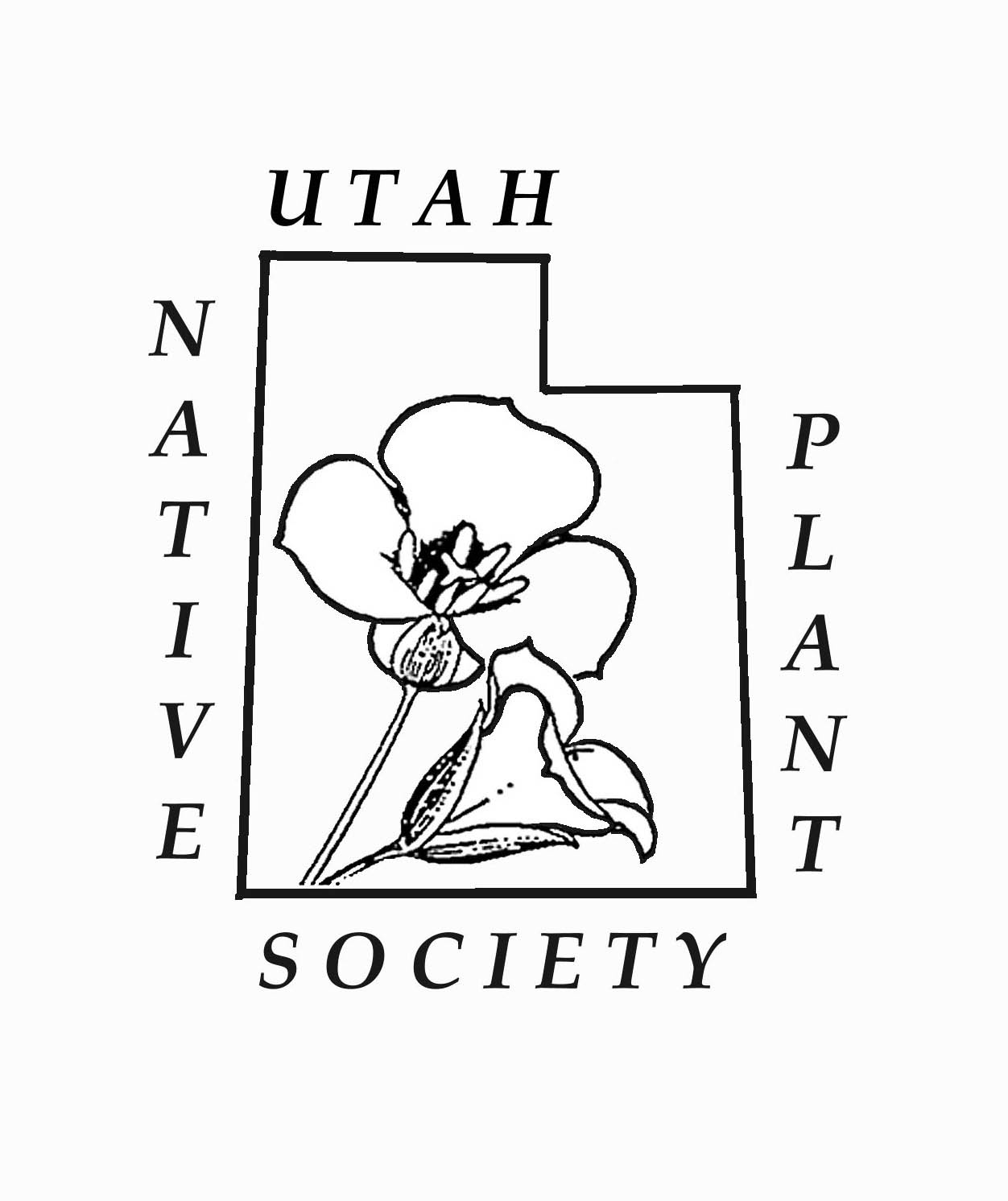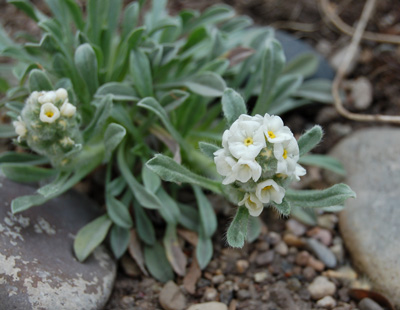Preliminary considerations and resources Supplier list |

|
|
|
Preliminary considerations and resources Supplier list |

|

|
While the Utah Native Plant Society is pleased to present this list of Utah native plant and seed providers as a public service, it does not mean that we specifically endorse or certify the providers listed here. At the same time, we strongly encourage the public to support nurseries that sell native plants (including trees, shrubs and grasses) and to ask nurseries that do not to become a part of the "plant native" initiative. We encourage all nurseries, garden departments and mail order companies who do business in the state of Utah to offer Utah native plant species and seeds. We challenge the nursery industry to better educate the public on the important role that Utah native plant species play in our landscape environments which we have been advocating for over three decades. We also implore the industry to immediately stop the sale of any plants that are known to be invasive (Russian olive, Elaeagnus angustifolia, donkey-tail spurge, Euphorbia myrsinites and dalmation toadflax aka "butter and eggs", Linaria dalmatica, are but three examples) which are responsible for a loss in genetic diversity and ultimately threaten our own well being. Please do NOT plant Russian olive or Saltcedar (Tamarisk). These should NEVER be used in residential or commercial landscapes nor planted in parks nor used in reclamation projects.
Russian olive has been declared as a noxious weed in five Utah counties: Carbon, Duchesne, Sevier, Uintah and Wayne. It is not legal to sell seeds or plants of this species in those counties, and landowners are required to try to control it. We would encourage homeowners, businesses and government agencies throughout the state and particularly those along the Wasatch Front to work on projects to reduce or eliminate this invasive tree species. For suggestions or updates to this list, please E-mail us at unps@unps.org. |

|
|
Note: UNPS assumes that the growers listed below are providing nursery-grown native plant stock. Further we assume that any/all seeds, bulbs or any other materials being offered if collected from the wild were taken only with proper federal, state and/or private landowner permits and in accordance with any and all applicable laws including the Endangered Species Act. We do not in any way condone nor encourage the digging of plants in the wild by individuals or commerical enterprises except when the habitat is in imminent danger of being destroyed (and even then, only when the appropriate permits have been obtained). |
